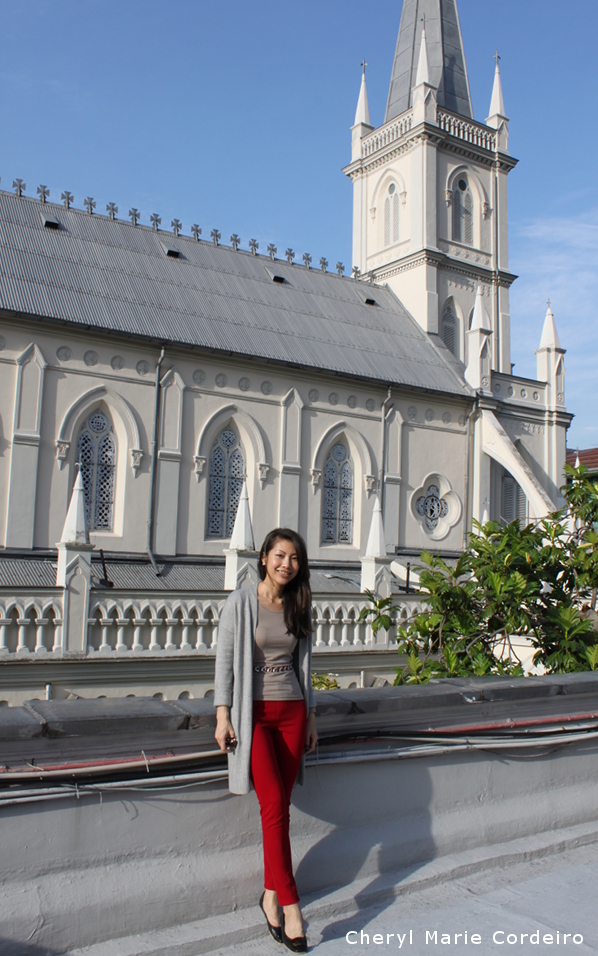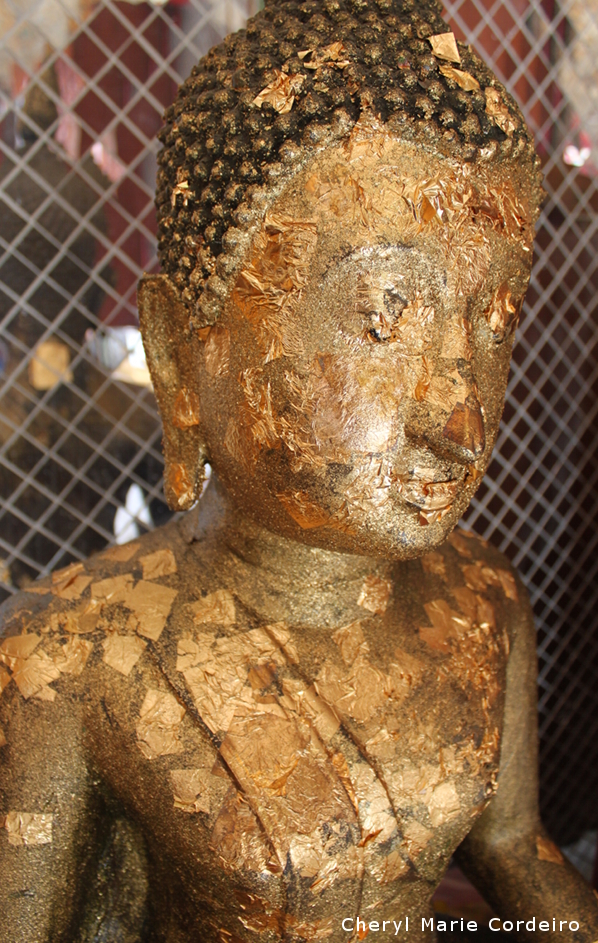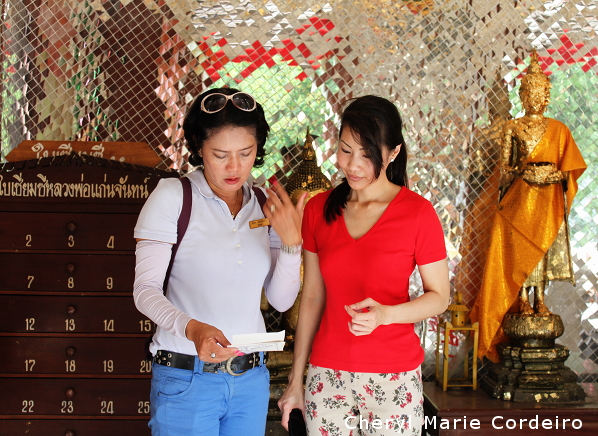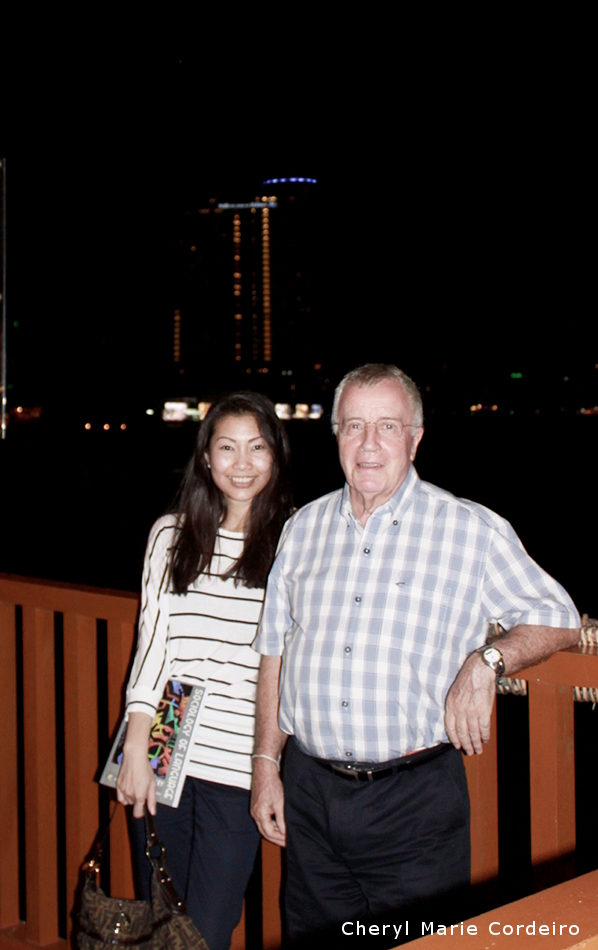Rooftop in the morning, at CHIJMES
Text & Photo © K Leong, JE Nilsson, CM Cordeiro 2013
The CHIJMES cluster of buildings along Victoria Street is what to me remains as one of the more beautiful architectural features in the changing landscape of modern Singapore.
Having grown up in another Convent of the Holy Infant Jesus (CHIJ), I feel right at home strolling the grounds of this one in the heart of the city. From the rooftop, you’ll get a good overview of the courtyard and the corridors of adjacent buildings that lead to once classrooms, today turned into office spaces.
The Chapel’s gothic architecture is breathtaking when basked in the morning light, in the quiet hours just prior to the rush of the city’s daily traffic.










